Tiepolo was the last great Venetian master, apart from the view painters Canaletto, Bellotto, and Guardi. I was delighted to find 3 of Tiepolo’s smaller works in the collection of the Museu Nacional de Arte Antiga (MNAA) in Lisbon when I visited there last April (2016).
Born in 1696, Giambattista Tiepolo trained in the studio of Lazzarini before being accepted into the Venetian painters guild in 1717. He was also influenced by his study of the great Venetian masters of the past, such as Veronese and Tintoretto. His success seems to have been almost immediate. Eventually, his renown spread across Europe and he accepted commissions in Germany, notably in the Residenz at Würzburg, and later in Spain. He died in Madrid in 1770.
Here is a view of the Tiepolo wall at the MNAA.
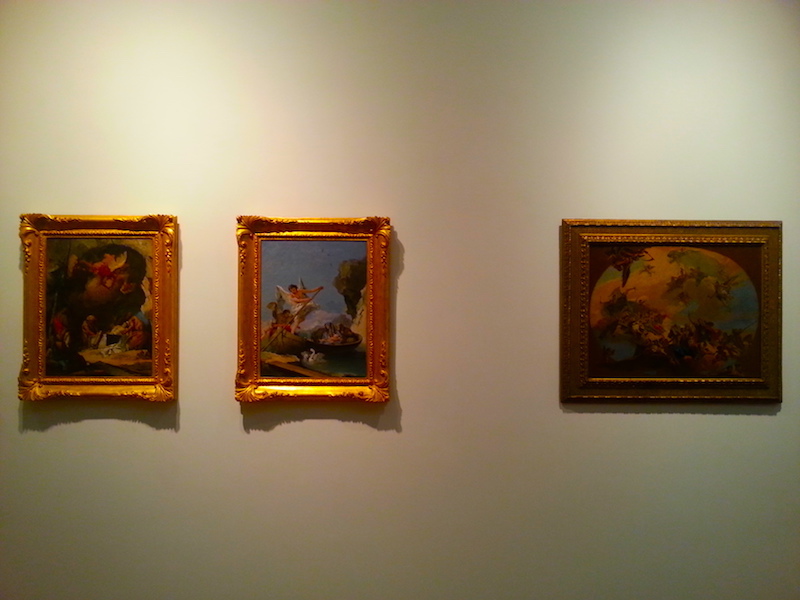
A trio of small Tiepolo works in the MNAA.
When I first spotted these 3 paintings, I thought the style seemed reminiscent of Tiepolo, but didn’t think that were actually his work because I had only ever seen photographs of his great ceilings, such as at the Kaisersaal in the Würzburg Residenz. I was charmed to discover that he also worked on this intimate scale. Let’s take these works one by one, starting from the right.
The painting on the right in the photo above, The Triumph of the Arts, is the earliest one.
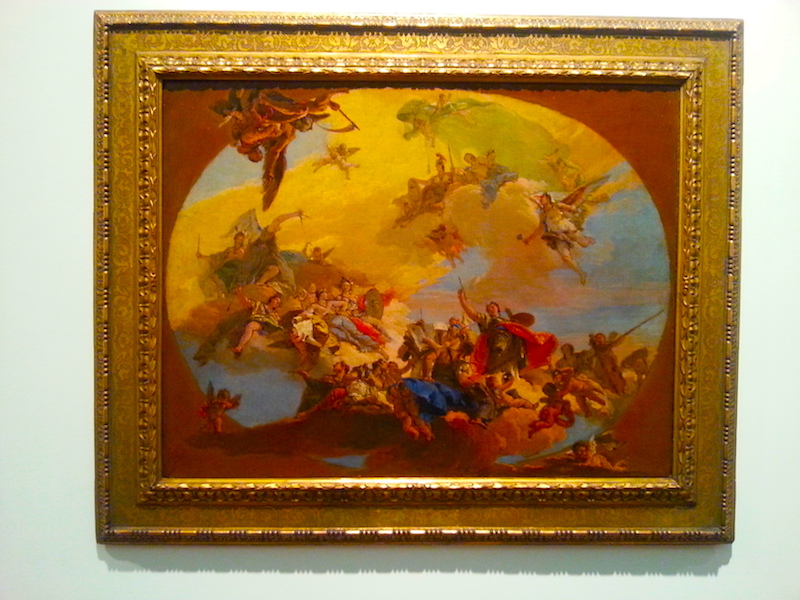
Tiepolo’s Triumph of the Arts, circa 1730.
The MNAA dates it to around 1730, which means that it was probably painted in Venice. It came to the museum from the royal palace of Ajuda, so the kings of Portugal must have acquired it at some point before the fall of the monarchy in 1910.
Let’s take a closer look.
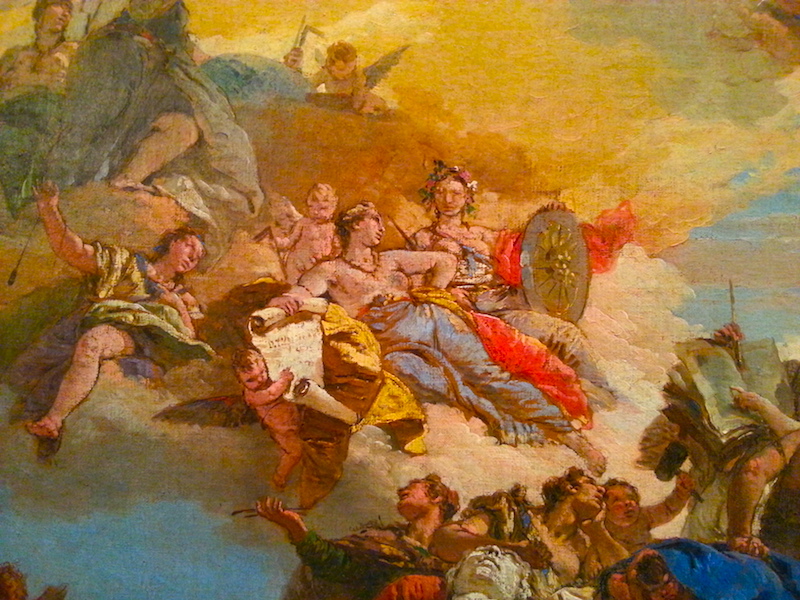
A detail of Tiepolo’s Triumph of the Arts, circa 1730.
What I like about Tiepolo’s work is that while his figures are as fully fleshed as, say, Rubens’, they remain somehow very light.
The other 2 paintings are from much later in Tiepolo’s career, in fact from near the end. The museum dates them to somewhere between 1765 and 1770. Tiepolo was at that time in Madrid, where he had gone at the invitation of the great reforming absolutist king, Charles III.
The painting in the centre of the 1st photo above is The Flight Into Egypt.
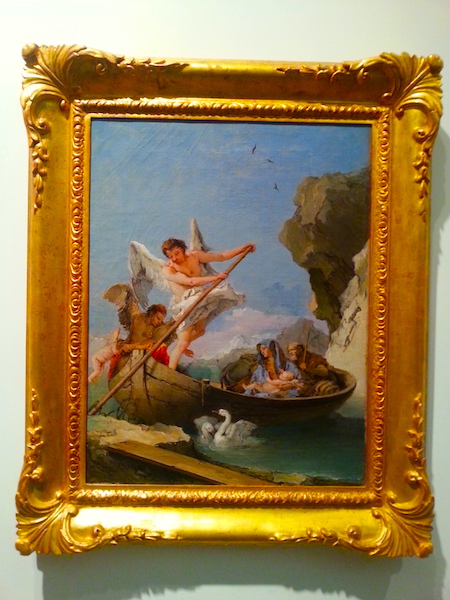
Tiepolo’s The Flight Into Egypt, 1765-1770.
It depicts, of course, the Holy Family’s flight into Egypt to avoid King Herod’s men. Unsurprisingly, they are attended by angels, but, surprisingly, also by swans. If anyone knows of any symbolism related to the swans in this context, please comment!
Here’s a closer view.
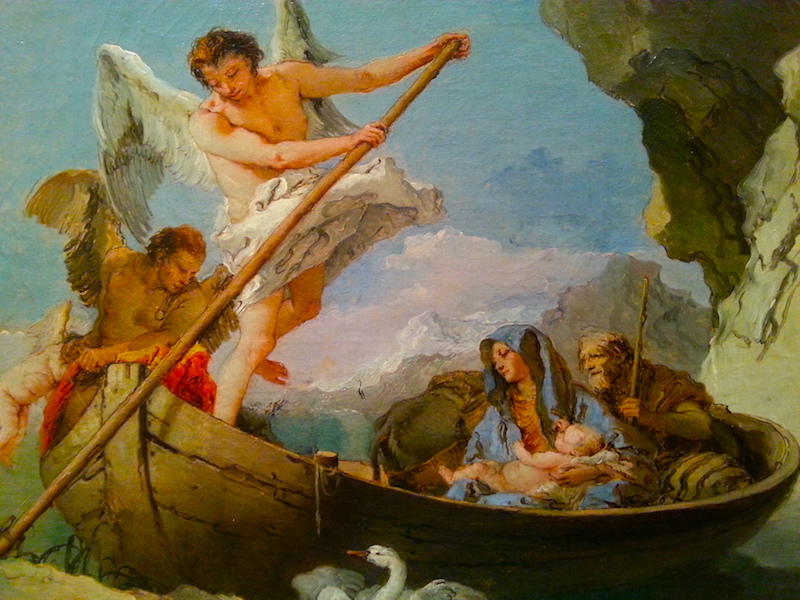
A detail of Tiepolo’s The Flight Into Egypt, 1765-1770.
The last painting of this trio, at far right in the 1st photo above, is The Entombment. As mentioned, it also dates from the late Madrid period of Tiepolo’s career.
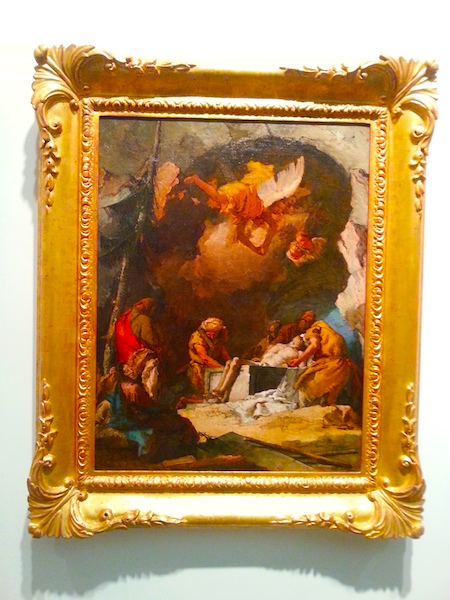
Tiepolo’s The Entombment, 1765-1770.
It’s apparently a recent acquisition, only bought for the museum in 2008 from the collection of one Mrs. Ferreira Pinto-Basto, whose family had earlier donated The Flight Into Egypt. It’s fitting, then, that the 2 paintings are together again here.
Of course, the titular entombment is that of Christ.
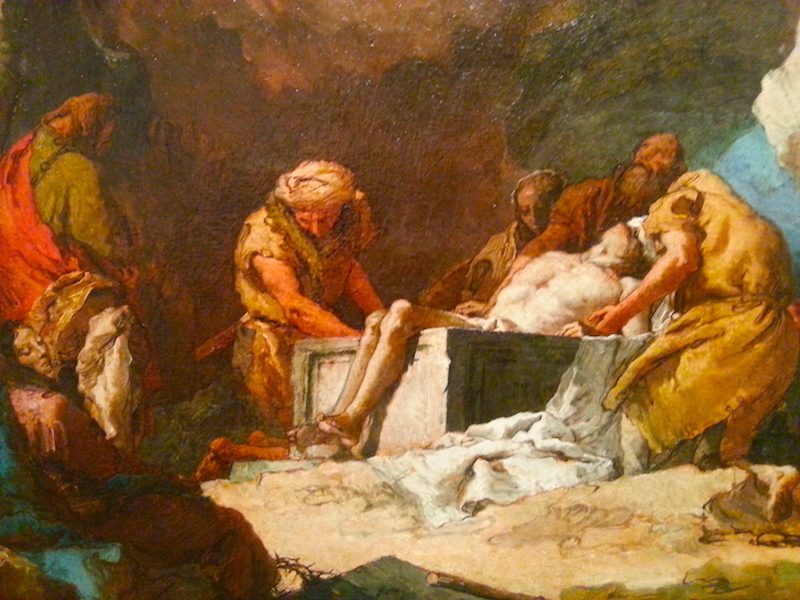
A detail of Tiepolo’s The Entombment, 1765-1770.
Christ here appears to be beardless, which is not what we’re used to. Was that usual in 18th century painting? I invite readers in the know to share their knowledge in the comments below.
I have many more pictures from the MNAA. Please check back regularly to see more posts featuring work from this marvellous museum. If you’re going to Lisbon, I highly recommend visiting it. It’s in the Rua das Janelas Verdes (the Street of Green Windows). You can visit its English webpage at: http://www.museudearteantiga.pt/english.








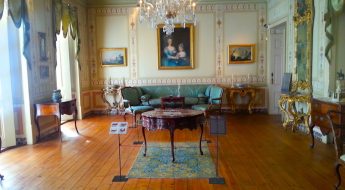
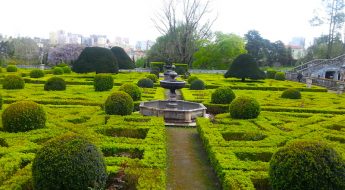








Leave a Comment